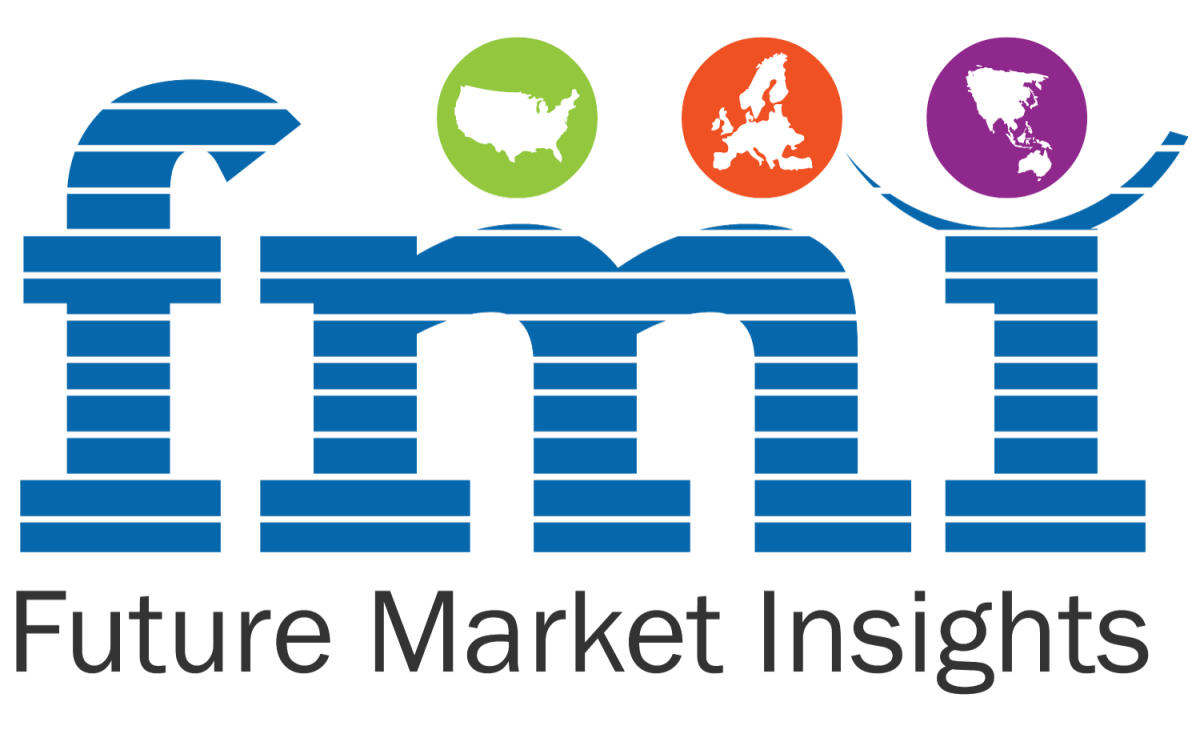The global smart label market is expected to experience significant growth, with its value projected to rise from £6.4 billion in 2024 to £16.9 billion by 2034. This anticipated expansion is driven by a robust compound annual growth rate (CAGR) of 10.30% across the next decade.
The increasing awareness of the diverse advantages offered by smart labels, particularly for businesses, is a primary driver for market growth. These advantages include real-time inventory tracking, enhanced customer engagement, streamlined operations, and effective anti-counterfeiting measures.
Further boosting the market are several other factors, including:
The surge in smartphone users.
The wide-ranging applications of intelligent labels.
A growing number of collaborations and partnerships within the industry.
The rising importance of resource conservation.
Increasing awareness about packaged goods labelling.
Concerns over paper waste.
Continuous advancements in smart label technologies, such as smart sensors, the Internet of Things (IoT), cloud computing, and radio-frequency identification (RFID), further contribute to the positive growth outlook over the forecast period.
âIndustry players are exploring new markets with high-growth potential and forging dedicated partnerships with regional distributors to expand their revenue,â notes Ismail Sutaria, a Lead Consultant in Packaging at Future Market Insights (FMI).
Key Market Drivers:
The Rise of IoT: The increasing penetration of the Internet of Things (IoT) has paved the way for the adoption of cloud platforms and high-speed networking technologies. This creates a wider scope for smart labels, driving the development of advanced labelling solutions.
Diverse Applications: Smart labels have a wide range of applications across various sectors. For instance, in healthcare, they assist with inventory tracking and pharmaceutical waste disposal. Textile companies are using them to monitor body temperature in clothing. RFID tags are facilitating the efficient transportation of perishable goods.
Market Restraints:
High Cost of Devices: Investing in smart label printing is a costly undertaking, consuming a significant portion of industry funds. This limits the application of smart labels mainly to premium products and high-revenue-generating sectors, restricting market penetration.
Limited Affordability for SMEs: Due to the high cost, small and medium-sized enterprises (SMEs) often cannot afford smart label printing solutions, relying instead on traditional barcodes. This factor presents a significant obstacle to the anticipated growth trajectory of the smart labels market.
Lack of Awareness: Limited internet penetration in certain regions results in a lack of awareness about smart labelling solutions, acting as a barrier to market growth. High poverty rates and inadequate infrastructure are cited as primary reasons for this limited uptake.
Promising Regional Opportunity:
North America: A Leading Market: North America is poised to become the leading region in the global smart labels market, commanding the largest revenue share throughout the forecast period. This growth is largely driven by the rising penetration of smart tags in merchandise and asset-tracking applications. Additionally, escalating labour costs associated with manufacturing are prompting companies across the continent to shift towards automated and smart solutions. Various initiatives undertaken by numerous organisations are further bolstering the prospects for smart tag manufacturers.
Key Insights from the Report:
The smart label market generated a revenue of £3.9 billion in 2018, reaching £5.8 billion in 2023, with a CAGR of 7.4% during this period.
In terms of labelling technology, the RFID segment accounted for 57.3% of the market in 2024, highlighting the growing popularity of this technology.
Based on printing technology, the flexographic segment is anticipated to hold a 39.5% market share in 2024. The widespread use cases of flexographic printing technology are driving the segment's growth.
The United States smart label market is projected to record a CAGR of 6.9% during the forecast period.
Germany is expected to lead the European smart label industry, expanding at a CAGR of 5.9% from 2024 to 2034.
India is emerging as a key player in the Asia Pacific region, with an anticipated growth rate of 8.7% through 2034.
Market Strategies & Recent Developments:
Competitive Advantage: Key players are leveraging strategic partnerships, acquisitions, product enhancements, and other strategies to gain a competitive edge. They are also investing in technological upgrades to refine their smart label technologies, leading to improved product solutions and customer service.
Market Expansion: Industry players are expanding into new territories to reach a wider customer base. They are showcasing their products at exhibitions to introduce potential customers to their latest offerings. Leading players are also collaborating with distributors to bolster their sales figures.
Recent Industry Acquisitions and Partnerships:
Danavation Technologies Corp., a North American technology provider of tiny ePaper displays, announced in February 2023 that it had secured new deals for four additional installations of its digital smart labels.
CCL Industries Inc. acquired eAgile Inc., a provider of software and hardware solutions and RFID inlays integrated into labels, in April 2023. This acquisition provides CCL Label with RFID expertise across its entire organisation, particularly within its Healthcare & Specialty division.
Smart Label Industry Categorisation:
By Labelling Technology:
RFID
NFC Tags
EAS (Electronic Article Surveillance)
Sensing Labels
Electronic Shelf Labels
By Printing Technology:
Flexographic
Digital
Gravure
Screen
By End Use:
Healthcare
Automotive
FMCG (Fast-Moving Consumer Goods)
Logistics
Retail
Others
By Region:
North America
Europe
Asia Pacific
Middle East and Africa
Latin America
This report provides a comprehensive overview of the global smart label market, offering valuable insights into the key drivers, restraints, opportunities, and trends shaping the industry. It also examines the strategic approaches of leading players and analyses the competitive landscape. This information is crucial for businesses involved in or planning to enter the smart label market, enabling them to make informed decisions and capitalise on the substantial growth potential within this sector.

